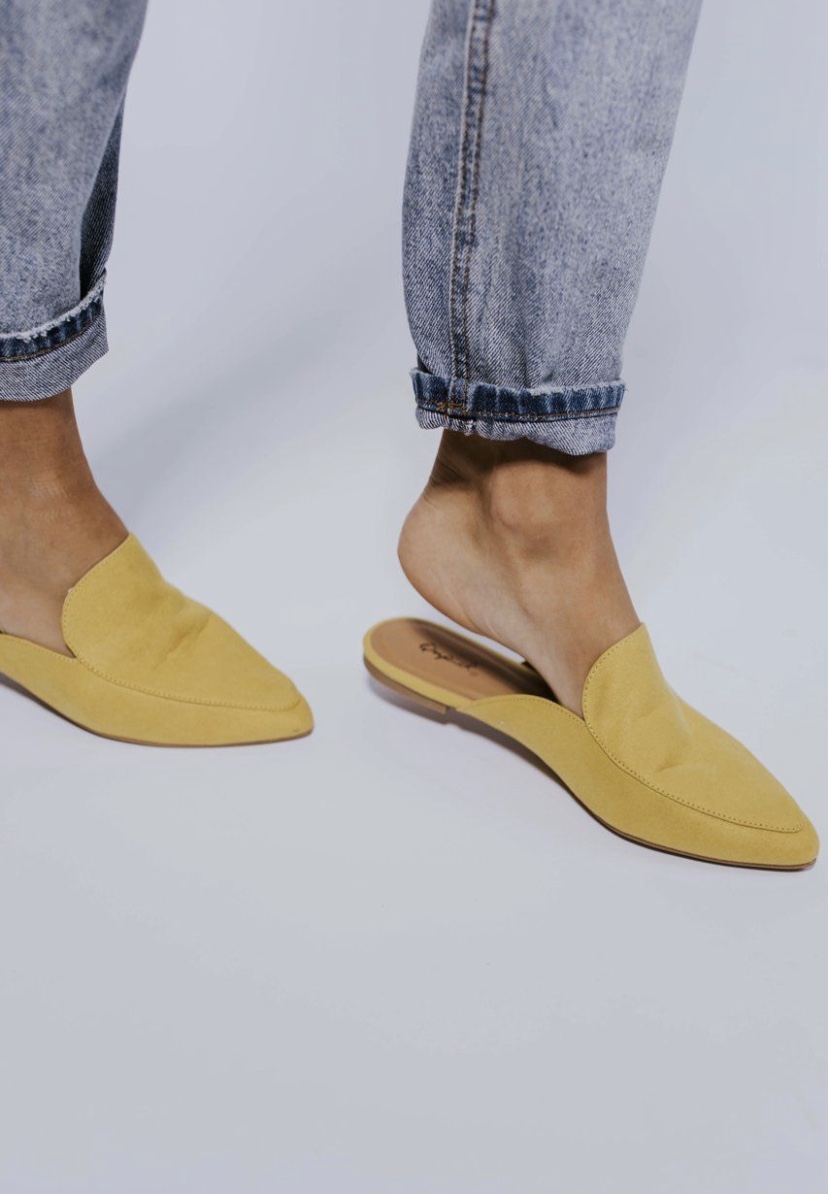"Throw on a pair of stilettos and hoop earrings- mama's serving boss lady realness."

Throughout the years, though unnoticed by many, a woman's shoe has been the harbinger of religious advent, societal shaming, and at the same time a sexual stimulus in various cultures around the world. Until the Renaissance, a period of rebirth, revival and new age thinking, women living in Western nations wore decorous footwear, which was far more detailed and architecturally structured than ones worn by men. Why not the others, you ask? It was because women's footwear wasn't given proper attention in other countries as their feet were mostly hidden by their voluminous apparel. Here, as always, male privilege entered the group chat and shone through on men's shoes.
In ancient Grecian, Roman and Egyptian culture, sandals made with a "gladiator" vibe to them were popular favourites. They consisted of a flat base, fewer and broader straps and minimum decoration. Quite the minimalist aesthetic approach, as post-2000 teens, will adeptly coin. As we mentioned earlier, religion had a lot to do with shoes, believe it or not. During the reign of the Byzantine empire, Christianity supposedly preached that it was sinful, improper and vulgar to expose one's feet to people for their sight. Byzantines designed shoes to replace the sandals. Sandals became a luxury reserved for high-ranking officials and individuals like the Pope.
After emerging from the Dark Ages, in about 1000 C.E., Europeans started their infamous crusades into the 'Holy Land'. Crusaders brought back silk, the skills of embroidery, and the button. This revolutionized the fashion sector as a whole, especially shoes. They became a statement for one's financial and social status in public.
The first over the top element was the elongated pointed toe, which was said to have originated in the late 1100s. It dwindled away soon but resurfaced in the 1300s through Polish influence, as Poland was supposedly its country of origin.
1363, England. King Edward III put a law on the length of the toe. Your finances governed the length of it, but if you were royalty, you could practically get away with everything, hence the length for the royal family and nobility was unstipulated.
After a couple of centuries worth of exploration of length, the width was experimented with, which birthed the lesser-known shoe styles of the hornbill, cow-mouth and bear paw. What even was a shoe, if royalty didn't pass an unnecessary law in its regard? This time it was Queen Mary who passed it, with very similar grounds as to those put forward by King Edward III. The modern-day wide shoe is, you guessed it, the clog, and currently, the rubber clog, otherwise known as Crocs, are some of the most sold styles of footwear in today's day and age.
We've done almost all dimensions of a cuboid, so let's get it over with and do the last one too- Height. Platform sneakers have drastically brought about a change in the fashion industry with the recent trend of "Dad Sneakers", which have had an amazing impact on retro pop sporty brands like Fila and asymmetric quirk couture brands like Balenciaga.
I don't think this requires much explanation, but the heel- be it a wedge, a stiletto, kitten heels, pumps, platforms or ankle straps- they've done nothing except for absolutely revolutionizing the world of fashion and the interpretation of couture. Huge designer labels and fashion houses like Prada, Christian Louboutin, Manolo Blahnik, Yves Saint Laurent, Tom Ford, Valentino, Gianvito Rossi and Giuseppe Zanotti to name a few have made the modern-day woman's shoe what it is today, and it continues to go uphill from there.